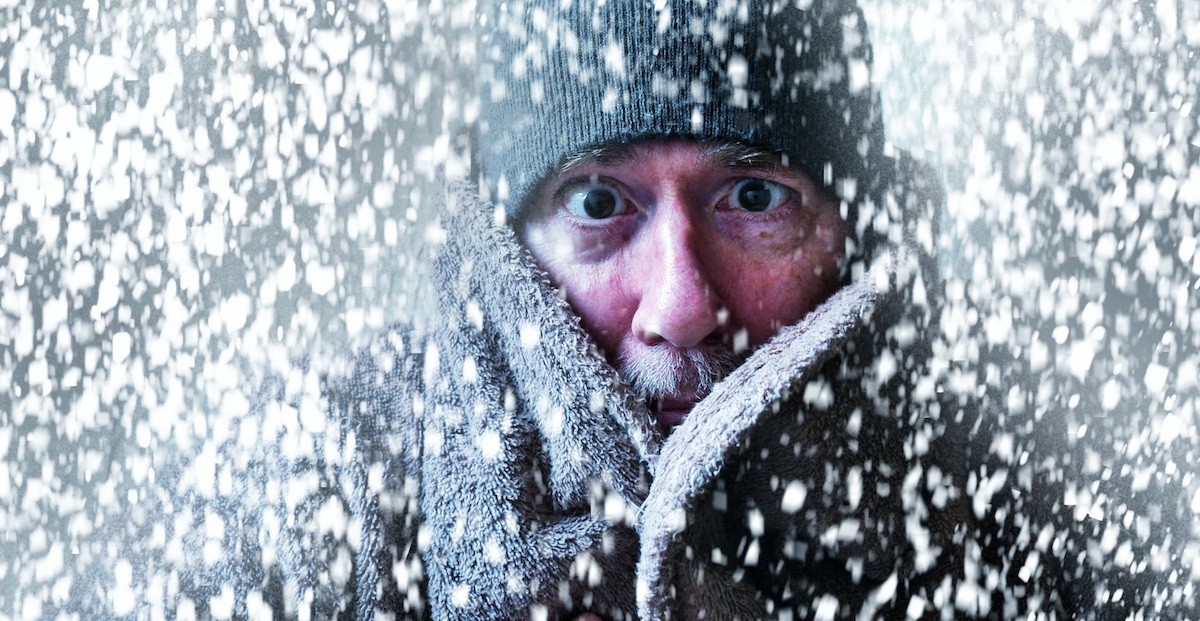A nor’easter is expected to hit Connecticut Friday night and all day Saturday with 1-2 feet of snow, winds of up to 50 mph and temperatures in the teens and 20’s. Eastern Connecticut is expected to get the most snow with lesser amounts in western Connecticut.
But no matter where you live, count on removing lots of light, fluffy snow this weekend from your driveway, steps and deck.
Play it safe. Here are some tips from the National Safety Council:
Shoveling: Know What’s Bests for Your Body
- Warm up for 10 minutes with light exercise and stretches.
- Don’t overdo it. Shoveling snow can push your heart rate and blood pressure higher, dramatically.
- Take frequent breaks.
- Drink plenty of fluids.
- Use a shovel suitable for your height and strength. If using a large shovel, fill it no more than halfway.
- Don’t lift the snow. Push it. If lifting, bend your knees and use your legs — don’t bend at the waist — to reduce strain on your back.
- Do not use a twisting motion to throw snow either to the side of over your shoulder. It’s bad for your back.
- Do not shovel while smoking or after eating.
Health Cautions
- If you have a history of heart trouble, do not shovel snow without your doctor’s approval.
- Be extra careful if you’re over 40 years old. And the same for the resident couch potatoes.
- Don’t knock yourself out. If you run out of breath, pause.
- If you feel chest pain, stop immediately and call 9-1-1.
Using A Snowblower
Never stick your hands in the snowblower. Common sense, right? A University of Arkansas researcher who studied more than 30,000 snowblower injuries four years ago found a common theme — many people were injured even with the machine powered down. They put a hand in a clogged chute, with some assurance because the snowblower wasn’t running, but when they removed some snow the rotational force of the suddenly freed blades injured the hand.
So:
- If snow jams the snowblower, stop the engine, and use a solid object to clear the chute.
- Never leave a running snowblower unattended
Never add fuel in an enclosed space. - Don’t wear a scarf or other loose clothing that might get caught in the snowblower’s moving parts.
- Use an electronic ignition when possible. Pulling a stuck pull-cord can injure your upper body or back.
- Don’t run the machine in an enclosed area such as a garage or shed. (Gasoline engines release carbon monoxide.)
Carbon Monoxide (CO) Poisoning
Carbon monoxide is an odorless, colorless gas produced by winter household staples like portable generators, snowblowers and the fireplace, whether fueled by oil, natural gas or wood.
Some basics:
- Make sure the damper is open, ensuring proper ventilation, before using a fireplace.
- Never use a generator in the garage and especially in the home.
- Keep generators at least 20 feet from your home, doors and windows.
- Never heat your home with your oven or stovetop.
- Never use a barbecue grill in the garage.
- Install a CO detector, either battery operated or hardwired with a battery backup, in every sleeping area of your home. Change the batteries every year.
For the latest updates on the storm, and more snow health tips, visit www.hartfordhealthcare.org/storm.


